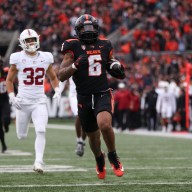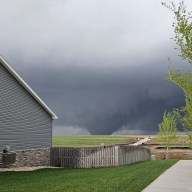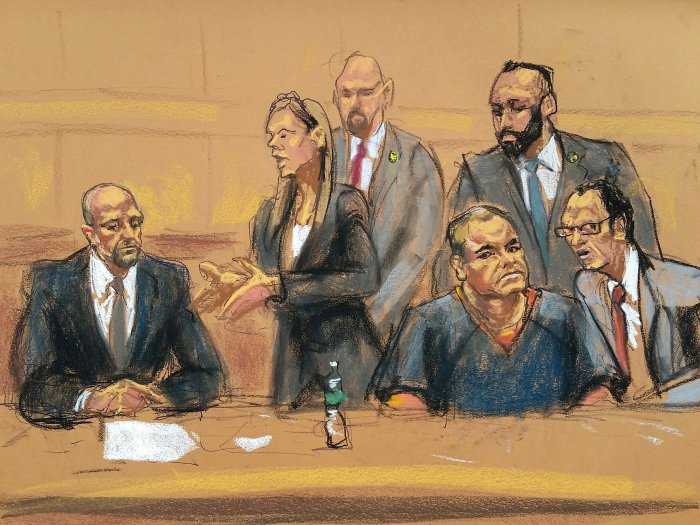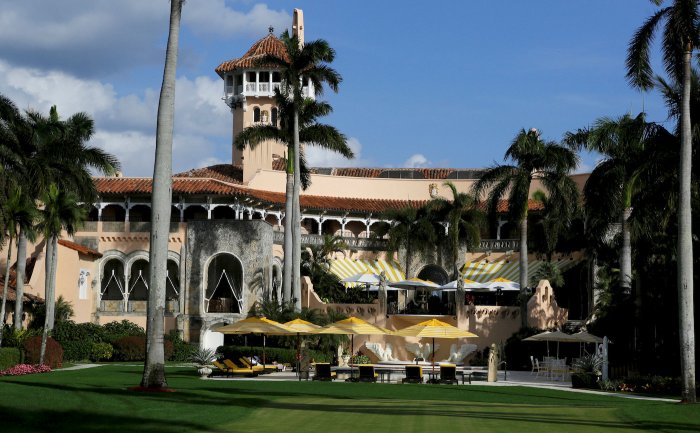By Sebastien Malo
NEW YORK (Reuters) – Thousands of New Yorkers found an enticing pitch in their in-boxes this month: “Decide How to Spend $1 Million.”
The email was an invitation to voters to get involved in the latest example of “participatory budgeting,” an exercise in grass-roots democracy that seems to be catching on in some big American cities. In New York City, some members of the city council have invited constituents in their districts to vote this month on which local projects they want to be funded with a total of more than $25 million in public money. “It’s a great way to get the pulse of the community on what everyone believes city dollars and resources should be spent,” said Paul Vallone, a councilman from Queens, one of the five New York City boroughs. Thousands of New Yorkers are expected to go to voting sites between April 11-19 to pick among an array of brick-and-mortar projects in their neighborhoods.
In recent years, more than a dozen municipalities including Chicago, Boston and San Francisco have embraced some form of participatory budgeting, says the Participatory Budgeting Project, a non-profit that assists cities in the process. Worldwide, some 1,500 cities across five continents have adopted the practice, which was pioneered by left-leaning Brazilian leaders in the late 1980s.
In New York, nearly half of the City Council opted in, with 24 members signing up, a record for a program now in its fourth year. For districts that opt out, the city council member gets the final say on which projects will go forward. To be sure, the funds put to a vote are but a small sliver of the massive city budget. Last year, when there were 10 participating districts, participatory budgeting funds represented less than 1 percent of the city’s $78.5 billion budget, according to the City Council. And turnout has been low as well, as nearly 16,700 residents, out of millions of eligible voters, casting their ballot across 10 participating districts, according to the Community Development Projectat the Urban Justice Center, a legal services non-profit. Still, the process gives residents of the largest U.S. city a direct voice in how their tax dollars are spent and a sense of local empowerment.
People living in Vallone’s Queens district can tick up to five boxes on ballots listing the proposals and giving an estimated price tag. Projects range from resurfacing a roller rink park ($400,000), to installing countdown clocks at bus stops ($160,000). The latter idea was suggested by Stephen De Dalto, 56, a computer system administrator who was looking for a new job.
De Dalto, who does not own a smartphone, often found himself waiting at his usual bus stop without knowing when the next bus would arrive. So at a neighborhood meeting to brainstorm spending ideas, he suggested installing monitors at bus stations showing wait times. “For me it’s a question of not pacing back and forth, saying when the hell is the bus coming?” he said. “With that time you can worry about something else.”
Elsewhere in the city, residents will vote on projects that include a children’s garden featuring a bronze statue of a bunny and more mundane ideas such as school bathroom renovations.
But not every member of the council supports the program. Steven Matteo, a Republican from Staten Island, said he already had knew what his constituents wanted without a direct vote.
“My staff and I work hard to make sure we maximize the public benefit for these public dollars,” he said.
(Editing by Frank McGurty and Lisa Shumaker)


















